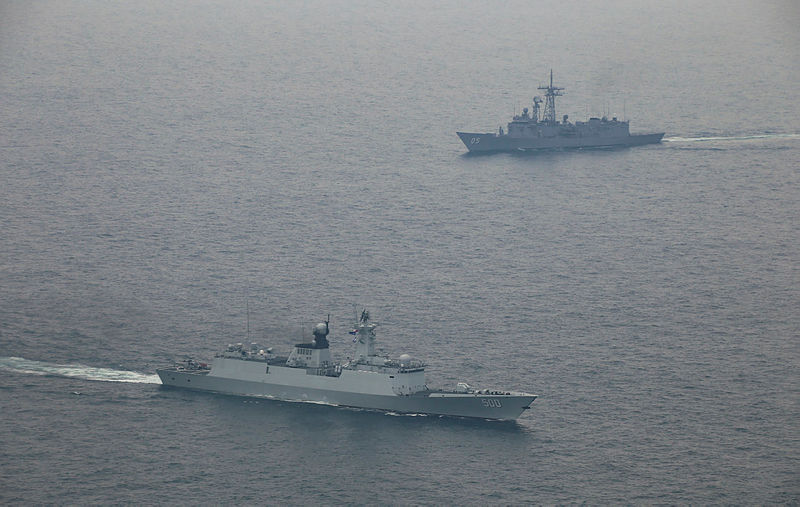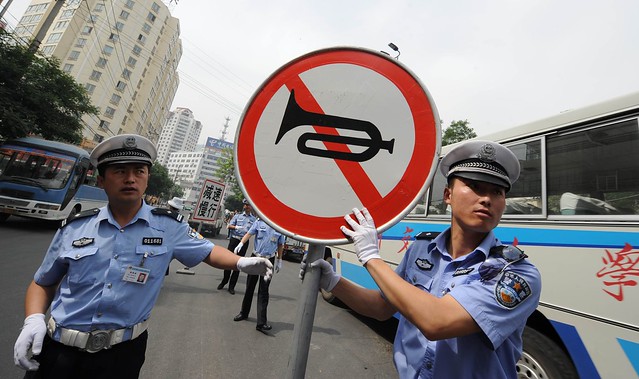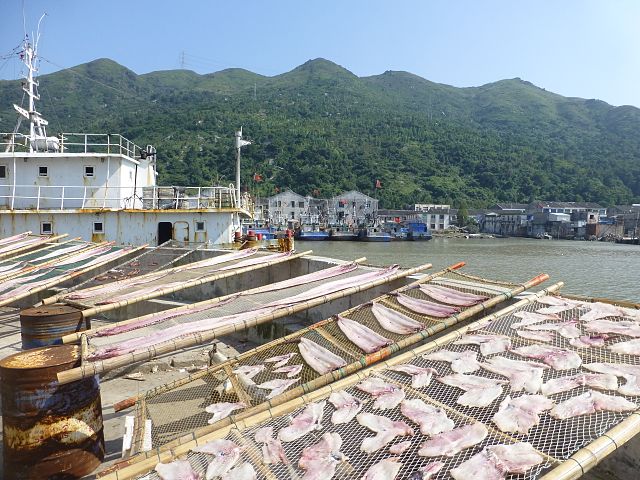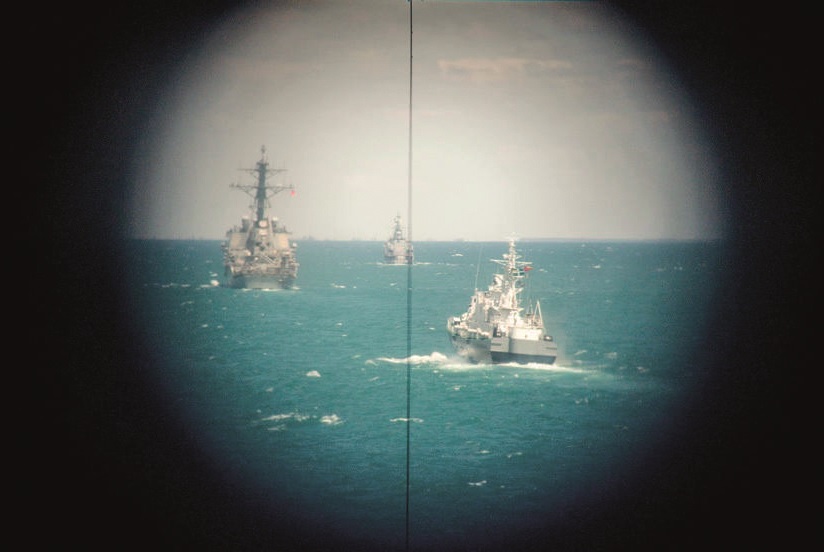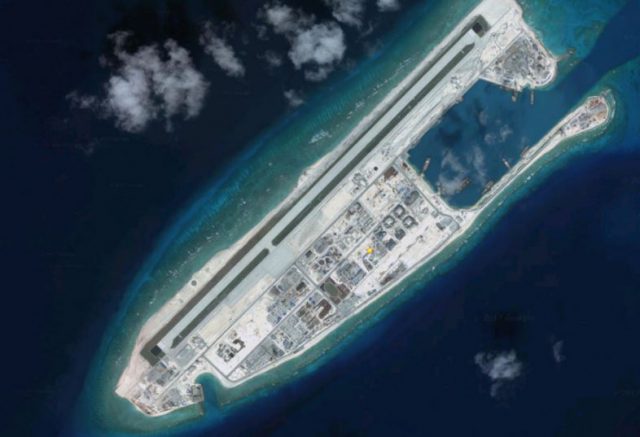China’s incursion into Vietnam’s EEZ and lessons from the past
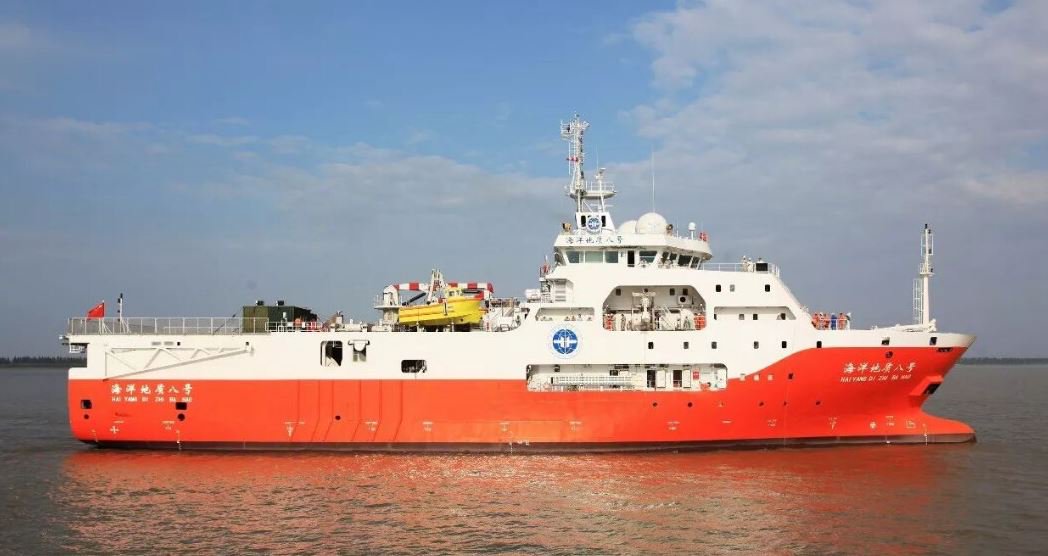
The Haiyang Dizhi 8, a survey vessel belonging to a Chinese government-run corporation, began surveying a large swath of seabed on 3 July northeast of Vanguard Bank, which falls within Vietnam’s exclusive economic zone. The ship has been escorted by other vessels, including from the China Coast Guard and maritime militia. At the same time, China Coast Guard ships have been harassing Vietnamese drilling operations to the south.
Chinese incursions into Vietnam’s EEZ are by no means a new phenomenon. The most serious recent incident occurred in 2014, when China deployed an oil rig into Vietnam’s EEZ, sparking a diplomatic crisis between the two neighbours. The current situation near Vanguard Bank, however, represents a more serious challenge on several levels.
First, the Haiyang Dizhi 8’s survey activities pose a legal challenge: they demonstrate that China is persistent in pursuing administrative control within its ‘nine-dash line’. This is the first time it has engaged in such a survey since the nine-dash line was declared illegal by an arbitral tribunal ruling in 2016. Beijing is openly disputing the legality of continental shelf rights guaranteed by UN Convention on the Law of the Sea. The area has been subject to natural resource exploitation by Vietnam for decades. But Beijing is now trying to create a dispute over areas that were effectively undisputed in the past.
China’s actions also pose a diplomatic challenge: Beijing is testing not only Vietnam, but also the United States and the international community. Will the international response be as muted as it was after the 2016 arbitral ruling? China is openly insulting the peaceful pursuit of dispute resolution through the ongoing code of conduct negotiations with ASEAN. The progress heralded by that process, which has resulted in a single negotiating draft, evidently exists only on paper. China’s actions cast a shadow on the hope that a code of conduct would have a real impact on managing either the disputes or China’s conduct.
Finally, Beijing’s actions represent a very real economic challenge. China’s continuous coercion targeting other claimants’ natural resource exploitation is meant to force them into joint exploration schemes with Beijing, even in undisputed waters.
There’s never a good time to face coercion, but this test by China comes at a moment when Hanoi is particularly busy, preparing not only for the upcoming ASEAN chairmanship and its 2020–2021 term on the UN Security Council, but also for its 13th Party Congress and accompanying potential leadership change in early 2021.
Beijing has scaled up its pressure in the South China Sea not only on Vietnam, but also towards Malaysia and the Philippines. It’s unreasonable to expect that the tactics Vietnam adopted in 2014 will be similarly effective today, especially given the fact that Beijing now pursues its activities with an awareness of their reputational costs, which China seems prepared to accept.
Any attempt at so-called megaphone diplomacy this time around will have to be more concerted and include the United States, which has already made its views known, as well as other supporters of the rule-based international order. But even so, diplomacy alone is unlikely to lead to a sustainable resolution of the standoff.
Vietnam has thus far avoided pursuing close military ties with other powers or legal measures against China because that would antagonise Beijing. Hanoi also wants to control anti-Chinese sentiment in Vietnam and prevent potential protests or unrest. In 2014, Vietnam witnessed a violent series of anti-Chinese protests that led to vandalism and mob activities around factories owned by Chinese, Taiwanese, Japanese, Korean and even Vietnamese investors. The incident damaged Vietnam’s reputation as a safe environment for investment, and the government may be worried about similar reactions to the current standoff.
Unlike in 2014, Beijing is concurrently exerting pressure on more than one Southeast Asian claimant. These incidents are a real test for the willingness of both ASEAN and the international community to defend nations’ sovereign and economic rights under the rules-based order.
Unless regional countries are willing to look beyond their individual national interests and speak out in support of other claimants, transgressions of the maritime rules-based order will become a new normal that will no longer generate strong reactions. Respect for international law, including the rights guaranteed by UNCLOS, must be supported and defended by all, including non-claimants. So far, only the United States has taken a public and explicit stance on China’s activities near Vanguard Bank.
ASEAN—despite the defence and foreign ministers’ meetings that have happened during this period—has avoided naming the issue in its joint statements, but did reportedly debate the issue during the gatherings. At the recent strategic dialogue between the US, Japan and Australia on the sidelines of the ASEAN meetings, Secretary of State Mike Pompeo and foreign ministers Taro Kono and Marise Payne collectively expressed concern about ‘credible reports of disruptive activities in relation to long-standing oil and gas projects in the South China Sea’.
The AUSMIN consultations in Sydney last weekend came up with a statement supporting the authority of UNCLOS, the validity of the 2016 arbitral tribunal ruling, and the importance of freedom of navigation. While expressing a ‘strong objection to coercive unilateral actions by any claimant state that could alter the status quo and increase tensions’, the statement again avoided naming any country or incidents at the source of the tension.
The lesson of the muted international reaction to the 2016 arbitral ruling is too evident to allow for another weak response. The current standoff serves as proof that Chinese coercion will continue and that the code of conduct process makes no difference in Beijing’s plans to dominate the South China Sea. It might be a crisis for Vietnam individually, but it could also serve as an opportunity for the international community—beyond the United States—to react appropriately to the violations of UNCLOS and infringement on a littoral state’s continental shelf. That includes Australia—one of the key defenders of the rules-based order and Vietnam’s strategic partner.

